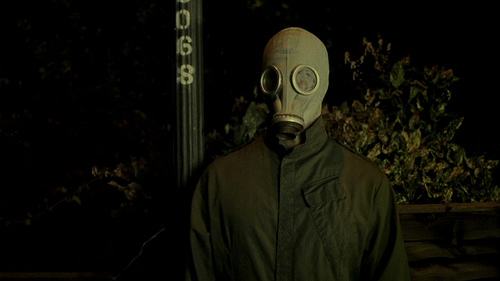
What exactly is a cult movie? The idea can mean different things to different people. The Merriam-Webster’s definition of a cult is a 1: small religious group that is not part of a larger and more accepted religion and that has beliefs regarded by many people as extreme or dangerous.
2: a situation in which people admire and care about something or someone very much or too much 3: a small group of very devoted supporters or fans” [1]. So by this meaning a cult movie could be one that was obscure, controversial, exploitative, banned, explained a generation, a commercial flop, or a mainstream success, yet has a strong and obsessive cult like devotion to that particular film.
The concept of revenge is an attempt at gaining back something that has been taken away. What that individual once had has been stripped away and they want to take it back. Often this is outside of the normal laws that have been governed by society.
In the subgenre of revenge in cinema, this is a cycle of violence that often involves drugs, rape, and murder. The reasons that these end up becoming cult films are usually the exploitativeness of the cycle of violence that takes place. Some were banned, some were panned, and some may have been forgotten; which is why they have been selected for this list of cult revenge movies. Some of the more popular films that may be considered cult have been omitted from this list to cover the more obscure.
Author’s Note: I didn’t include movies like Oldboy (2003) and Mad Max (1979) as I consider them to be fairly well-known.
1. Freaks (1932)
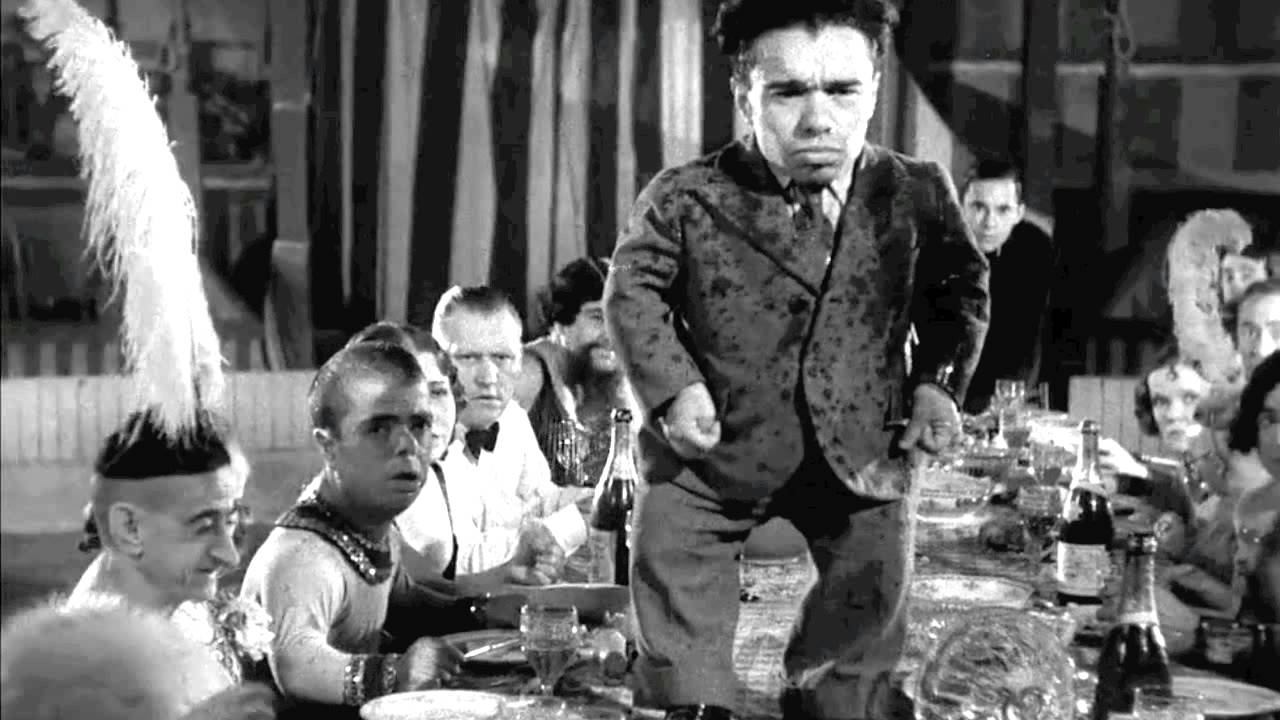
“The Strangest… The Most Startling Human Story Ever Screened… Are You Afraid To Believe What Your Eyes See?” [2]. It isn’t the first cult film, but it is the one most likely to be associated with cult cinema. It is a story set in the world of the circus and sideshow performers.
A female trapeze artist named Cleopatra (Olga Baclanova) agrees to marry midget Hans (Harry Earles), who has fallen madly in love with her and leaves his midget girlfriend for her. Cleopatra, who is in love with a strongman, has planned to poison Hans in order to gain his inheritance. When the fellow sideshow freaks discover her plans, they exact their brand of revenge based upon a code of loyalty [3].
There is so much to say about this movie. It is the first movie to show actual sideshow performers, people that were physically different than everyone else. They are shown not as freaks, but as normal people doing everyday routine things [4]. We see a man with no arms or legs lighting a cigarette, as well as other performers doing similar tasks. They really only become freaks or monsters when they seek out revenge for one of their own kind. There are so many themes going on; what defines a monster, the idea of a code of loyalty, and the role of violence in society [5].
The movie was an attempt by MGM to compete with Universal Studios and the popularity of its monster films such as Frankenstein [6]. Director Todd browning had a background in the sideshow circus and he had previously done some movies about physical deformities with legendary horror actor Lon Chaney [6].
Producer Irving Thalberg also had an interest in the unusual, so they wanted Browning to come up with something that would out top Dracula and everything else and have the most horrifying film [6]. Earles had pitched the short story Spurs, which is what the movie is based on, because it was hard for little people to get much work [6]. Originally it was meant for Lon Chaney, but he died in 1930 [6].
The critical reception was mostly bad and the box office numbers were mixed, there were a lot of theaters that would refuse to even show the film [5]. Add to that complaints from various organizations and the film was pulled by MGM and pretty much locked away for thirty years [6]. Its revival came during the 1960’s with the avant-garde art scene and exploitation drive in shows [5].
The film has its importance even if there may be flaws. Never before had there been so many world class sideshow performers assembled into one act as there was for this movie, not in Ringling Brothers or any other circus. It was also very unusual for a group of little people to be cast as actual main characters with a lot of dialogue. If you are a cult film fan then this is essential viewing.
2. 2000 Maniacs (1964)
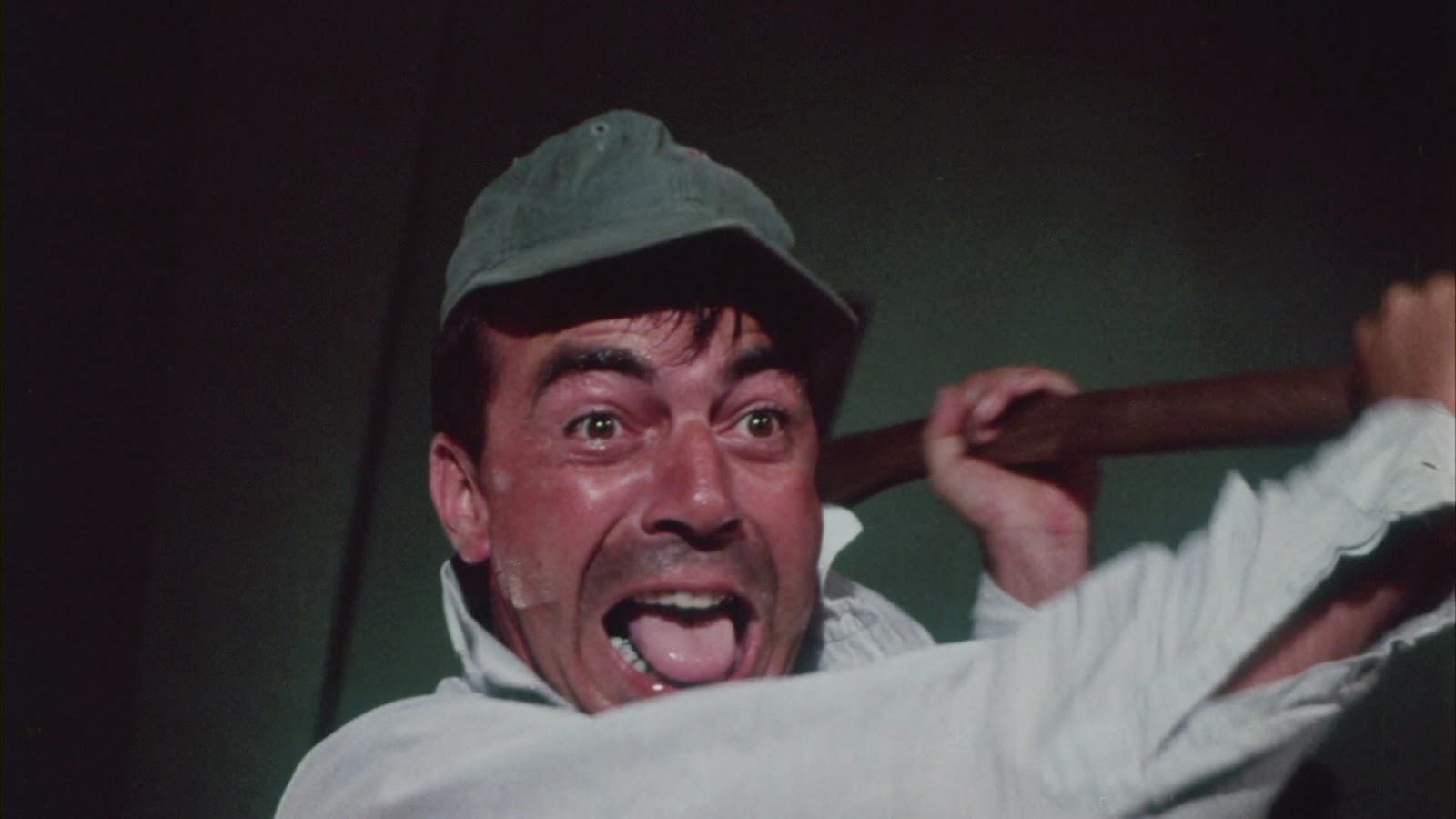
“Gruesomely Stained In Blood Color!” [7]. The second part of what is considered director Herschell Gordon Lewis’s Blood Trilogy; this involves a confederate town taking revenge on Yankee Americans for losing the Civil War. This is a true grindhouse gore fest that is really campier now than it would have been forty years ago.
At the time, Lewis and his gore films were really the first to be considered splatterfests [8]. Made for the drive-in audience, the film is full of “rubber prosthetics and pig offal drenched in red paint…thrust into the camera’s eyes” [8]. The southern characters are stereotyped and sensationalized. One thing that really stands out is the music; the banjos and a song called “The South Will Rise Again” just add to the southern theme of the film.
3. Point Blank (1967)
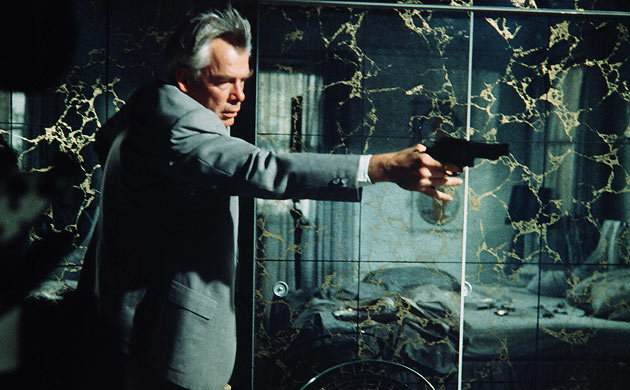
In this dark noir, a man named Walker (Lee Marvin) agrees to help an old friend rob a drug drop at Alcatraz. He is double-crossed by his friend and wife, shot and left for dead. Somehow he manages to escape the rock and is out to get his revenge on his friend. He also really wants the money that he’s owed for the job.
This film contains a good group of character actors, some stunning visuals, and a haunting soundtrack. Lee Marvin is superb as a man out for vengeance, angry and willing to do anything. John Vernon is also great as the friend that double-crossed him.
There is an excellent scene of Lee Marvin walking a long hallway, the loud sound of his footsteps echoing. The scene continues cutting back and forth between Marvin and his wife getting dressed and going to a hairdresser. The sound continues as he drives to where she lives and Marvin then smashes through the door just as she is returning home. There is also another memorable fight scene in a club, with psychedelic colors flashing around.
This is a good noir or neo-noir story. You can see know how it might have gotten lost in the shuffle when it originally came out, with it mixing noir and the psychedelic 60’s together at times.
4. She Freak (1967)
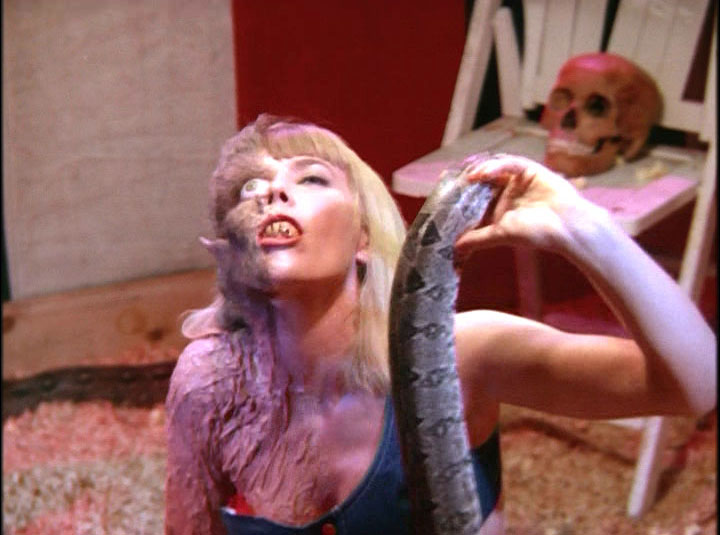
A pseudo remake of Tod Browning’s Freaks, a waitress named Jade takes off and joins a sideshow circus. She marries the owner of the carnival, while also getting involved with one of the carnival workers. The carnival worker ends up killing the owner and Jade takes over. In the end, the freaks take their revenge for the murder of the owner.
Very tame compared to the original. It was most likely made in order to capitalize on the renewed interest in the classic. The last few minutes are pretty groovy. There are some really great scenes of the carnival and its performers mostly at the beginning, such as a sword swallower.
5. The Great Silence AKA IL Grande Silenzio (1968)
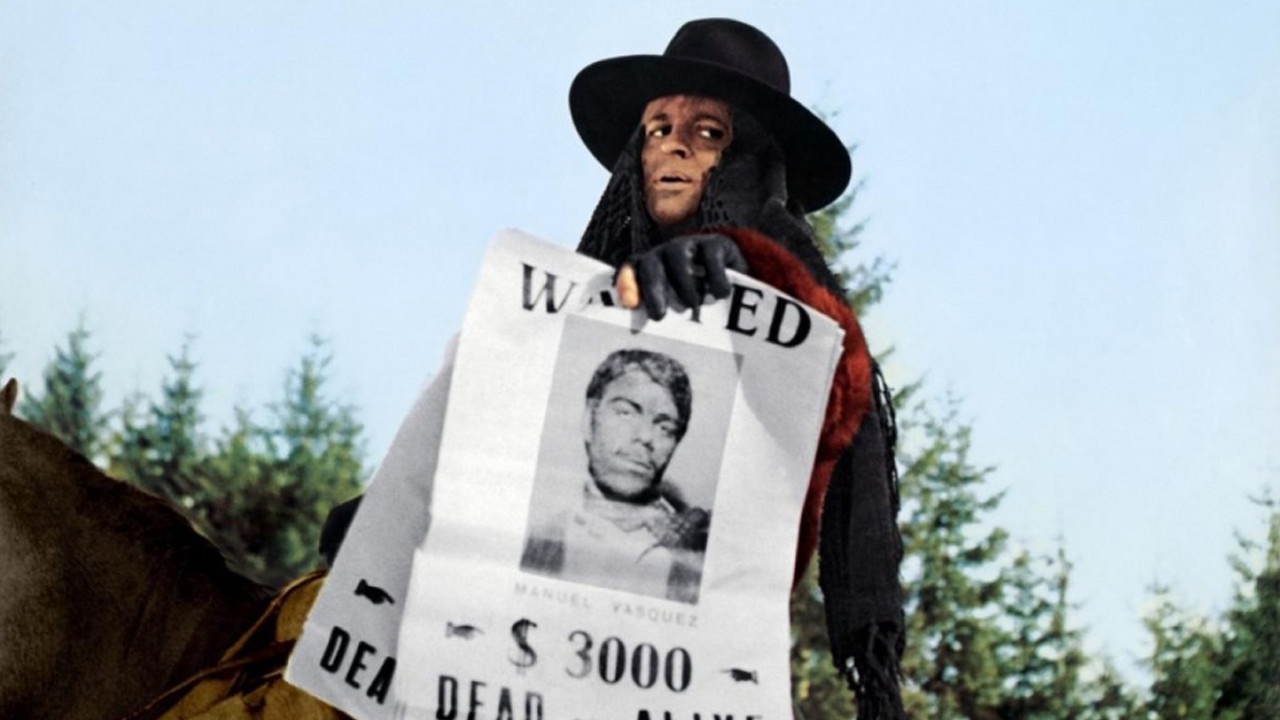
This is the only western on the list unfortunately, but it is one of the top spaghetti westerns that were made. Sergio Corbucci directs this story about a mute gunfighter (Jean Louis Trintignant), who seeks revenge against the men who killed his parents and sliced his throat.
The film takes place during the winter; the harsh cold and snow further enhance the darkness of the tone. And without giving anything away, this film and its ending are dark. It also goes against the normal conventions of the hero saving the day. This film had some influence on Quentin Tarantino and his film Hateful Eight, notably taking place in the snow and the carriage scene.
In the end, the reason to watch this is the greatness of Klaus Kinski. He is unusual and evil as a bounty hunter. While not everything the actor did is excellent, it is worth checking out the films that he did with director Werner Herzog.
6. Get Carter (1971)
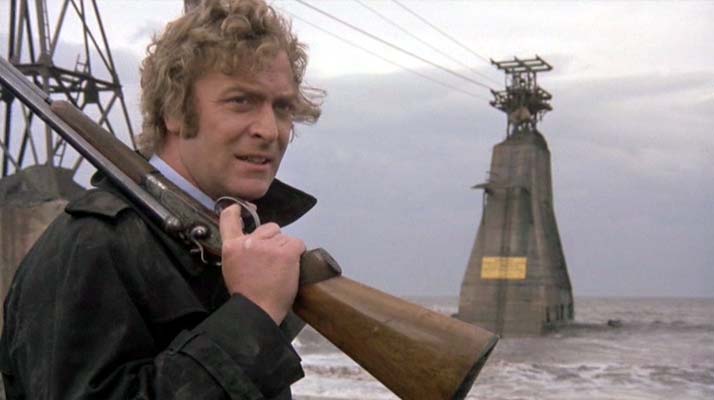
Michael Caine plays Jack Carter, a low level London gangster that goes to Newcastle in order to investigate his brother’s death in a car accident. Carter knows that the accident was a set up and that he was killed and seeks vengeance. His investigation into the why of his brother’s death, leads him down a road of seediness and violence.
Without revealing more elements of the plot, this is an excellent gritty crime film noir. Caine easily gives one the best performances of his career and the film is now a British classic [9]. It’s considered a cult movie because it was initially buried by the studio until it became available on home media in 1993. MGM chose to remake it as a blaxploitation film called Hit Man, instead of releasing it in the United States [10]. Most of the critics “were dismayed by the film’s complex plotting and Carter’s lack of remorse” [10].
Carter’s lack of remorse is part of what makes this film so great. What is the point of remorse when you’re seeking out vengeance? All of his killing in the film is also justified. If you like Michael Caine or film noir, than this is a must see.
7. Last House on the Left (1972)
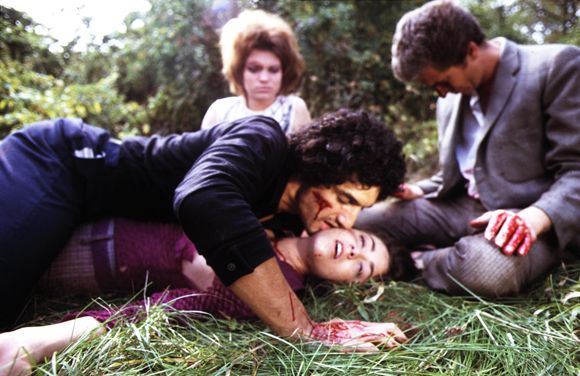
“To avoid fainting, keep repeating: It’s only a movie, only a movie, only a movie…” [11]. Two girls go to a concert and on the way try to buy some pot; they end up being kidnapped by a group of thugs. They take them into the woods and humiliate and rape these girls. They consequently end up murdering them and by happenstance end up going to their house, where the parents exact their revenge.
This is a violent, bloody, grim exploitation rape and revenge film that is either loved or hated. In a documentary for the film, director Wes Craven said that “it is a film that is completely uncompromising and is completely uncomfortable…that art is about things that exist, and those [bad] things exist” [12].
The film has been censored and banned in many countries, including the United States where theaters would cut portions of the film out [12]. Despite the controversy, it received some pretty good reviews. Roger Ebert gave it three and a half stars and called it a “bitter little sleeper of a movie that’s about four times as good as you’d expect” [13].
8. Lady Snowblood AKA Shurayukihime (1973)
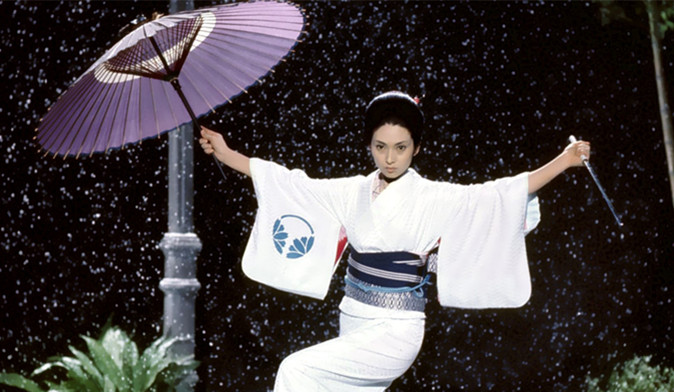
This film is based on a manga series by Kazuo Koike, who was also the creator of the Manga series Lone Wolf and Cub and Razor Hanzo [14]. The story follows Yuki (Kaji Meiko), who is basically born so she can exact revenge for her the death of her parents. She is trained to be a ninkyo yakuza or samurai, by a priest named Dokai. There were many female yakuza movies that were made by the various Japanese movie companies during this time, including a sequel to this film [14].
This film had a notable influence on Quentin Tarantino for the Kill Bill series, notably the character of O-Ren Ishii and the use of the snow setting in the final duel. He also used the song ‘Flower of Carnage (Shura No Hana)’ in the final duel of volume 1 [14].
This female yakuza film is more of a traditional samurai film for that era, not following the sexploitation filled type that will be talked about with Sex and Fury. There is plenty of swords and spraying blood to please most fans of the genre. The music is excellent and Meiko has a ton of presence on the camera. The overall ending of the film is pretty memorable.